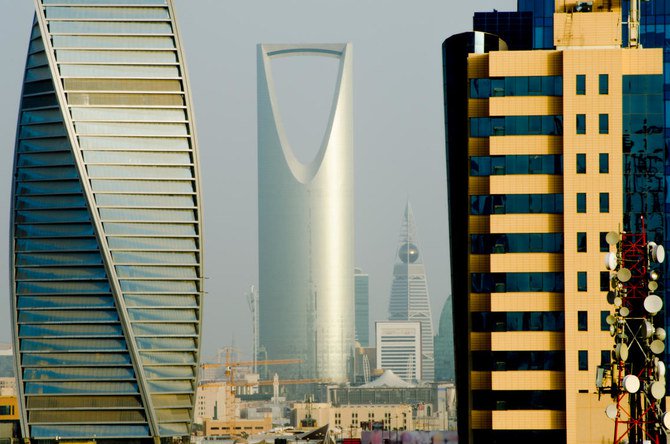
Saudi Arabia's non-oil sector set for boost as economic reforms take off
Saudi Arabia’s non-oil sector is set for a further boost as the Kingdom’s economic reforms pay dividends and work begins on a raft of mega-projects, a report published Sunday found.
Under the ambitious Vision 2030 plan, the country is looking to reduce its reliance on the energy industry and boost private sector business.
Such reforms are paying off, with growth in the Kingdom’s non-oil sector set for an additional “pick up” going forward, according to a report by Bank of America Merrill Lynch.
“Authorities’ ongoing fiscal reforms and possible one-off revenues are keeping non-oil revenues on track,” wrote the bank’s regional economist Jean-Michel Saliba.
Saliba said the $69 billion deal in which oil giant Saudi Aramco plans to acquire petrochemicals firm SABIC from the Public Investment Fund (PIF), could further boost the non-oil sector.
“The likely ramp-up in budget expenditures and, in particular, off-budget capital spending after the completion of the SABIC-Aramco-PIF deal, suggest non-oil activity is likely to pick up going forward,” he wrote.
Growth in Saudi Arabia’s average non-oil GDP last year, compared with 1.3 percent in 2017.
The completion of the SABIC deal and the subsequent financial boost for PIF, Saudi Arabia’s sovereign wealth fund, could help kickstart many of the Kingdom’s planned mega-projects, the report added.
That could boost growth in non-oil GDP by 2 percentage points “in the medium term” — which would be almost double the 2.1 percent rate at which non-oil GDP grew in 2018.
“The possible finalization of the Saudi Aramco-SABIC-PIF deal could unlock $69.1 billion of financing to the PIF. This could support a first phase of mega-projects. Authorities suggest the transaction would close in 2020, implying the growth impact of PIF’s off-budget capital spending could start to be felt next year,” Saliba wrote.
Saudi Arabia achieved its first budget surplus since 2014 in the first quarter of 2019, at about $7.41 billion, the country’s minister of finance said in late April.
The Bank of America Merrill Lynch said non-oil revenues stood at SR76 billion ($20.3 billion) in the first quarter of 2019, a 46 percent rise on the year-ago period.
But it cautioned that Saudi Arabia’s fiscal surplus is “unlikely to last” later in the year.
“We expect the budgetary outcomes to deteriorate going forward, following the surprising (first quarter) fiscal surplus,” Saliba wrote.
That surplus was attributed by Saliba to an increase in special dividends paid by Saudi Aramco to the government, along with seasonality and control of spending.
Government spending during the first quarter was also “unsustainably low,” the bank added, another factor in the surplus.
“Spending is likely to increase in coming quarters, particularly given the seasonally low spending figures in the first quarters of the year,” Saliba wrote.


























